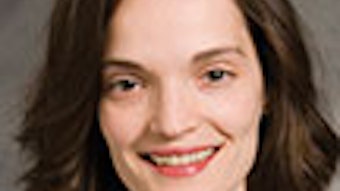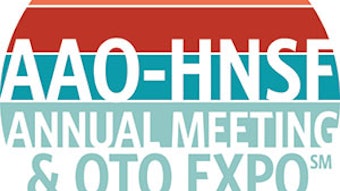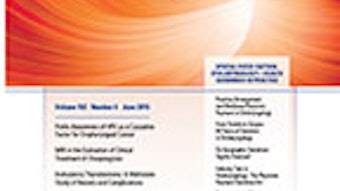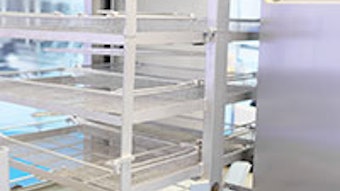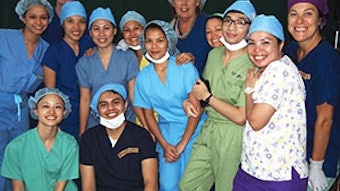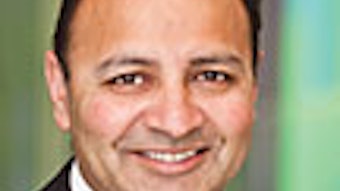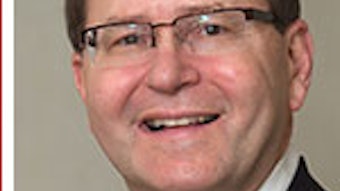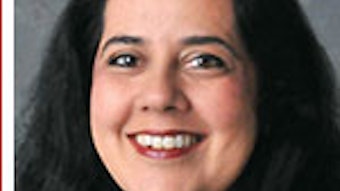Academy collaborates with Anthem to refine ear tubes medical policy
Thanks to the Academy physician leaders’ comments and clinical recommendations, Anthem has revised the Anthem Medical Policy for Myringotomy and Tympanostomy Tube Insertion. Key changes include a revised pediatric extended otitis media effusion (OME) hearing loss requirement from 30 dB to 20 dB, new medical necessity indicators, and allowance for myringotomy as a stand-alone procedure for select populations.
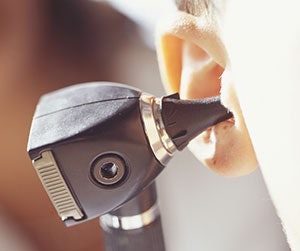
Members from the Pediatric Otolaryngology Committee, Hearing Committee, and 3P contributed to the August 3 meeting with Anthem, providing input and clinical recommendations. Due to the effective relationship the Academy’s 3P leaders and Health Policy team have fostered with Anthem, Anthem heeded the recommendations of David R. White, MD, and David E. Tunkel, MD. Anthem was open to discussing the medical policy and agreed to review Academy comments and suggestions at their August 2015 Medical Policy & Technology Assessment Committee (MPTAC) meeting rather than waiting to review them in the following quarter, in January 2016. Other notable comments and recommendations were made by Robert Lorenz, MD, and Lawrence M. Simon, MD. One week later, recommendations were effective and posted for public access.
The Anthem Medical Policy addresses myringotomy and tympanostomy tube insertion—surgical procedures used to decompress and ventilate the middle ear when fluid builds up due to infection, trauma, or other conditions. In their review, Academy physician experts were concerned about the original policy language and addressed clinical indications regarding the use of combined myringotomy and tympanostomy tube insertion.
Concern arose around the original 30 dB hearing loss requirement. Physician leaders suggested taking a more holistic approach, advocating for more latitude in assessing and determining treatment for the hearing needs of a child, and identifying other factors and/or activities that could be compromised and decrease the quality of life for a child. The Academy ultimately recommended that discretion be left to clinicians treating children and to provide a dB requirement closer to 20 dB.
Academy physicians also recommended changing the use of myringotomy alone as a requirement for medical necessity. The Academy expressed that myringotomy is medically necessary for acute OME in neonates or other immune-compromised children to obtain cultures, as well as for patients with complications of acute otitis media, such as facial nerve paralysis, meningitis, mastoiditis, and lateral sinus thrombosis, among other conditions. The Academy provided clinical examples to demonstrate instances when myringotomy improved outcomes for children.
The changes to the guideline discussed on August 3 include the following:
- Revision of the hearing loss requirement from 30 dB to 20 dB, in one or both ears, in the medical necessity criteria for children with unilateral or bilateral OME for greater than or equal to three months
- Addition of two medically necessary indications for combined myringotomy and tympanostomy tube insertion:
- Children or adults with a severe complication of acute otitis media including, but not limited to meningitis, intracranial abscess, mastoiditis, or facial nerve paralysis
- Children or adults with persistent AOM despite at least two different courses of recommended empiric antibiotic therapy
- Addition of a medically necessary statement for myringotomy as a stand-alone procedure for three indications when criteria are met: 1) neonates; 2) individuals with acute otitis media and an immunocompromising condition; and 3) individuals who meet criteria for tympanostomy and tube insertion but for whom tube insertion is not feasible.
This is an exceptional outcome that confirms the positive impact the Academy’s physician leaders contribute to private payer issues. See the revised medical policy complete with Academy physician efforts at www.anthem.com/medicalpolicies/guidelines/gl_pw_c178412.htm.



